In the early indigenous society, armed conflicts sometimes occur between different ethnic groups and villages. In order to protect the village and assume responsibility for public affairs in the village, indigenous peoples developed an age class system where responsibilities and obligations in the village are distributed amongst the males according to age. Boys in the village join the age class at around 10 years of age. In this organization, they receive strict cultural education and physical training. The lower classes have to completely obey the instructions of higher classes, which is basically the model of modern military training.
In fact, the age class is about more than just learning and training, it is the key to successful rituals and ceremonies since the operation of such is led by the young adult class. Amongst all indigenous groups, the age class system of the Pangcah people, the Pinuyumayan people and the Sakizaya people are the most rigorous.
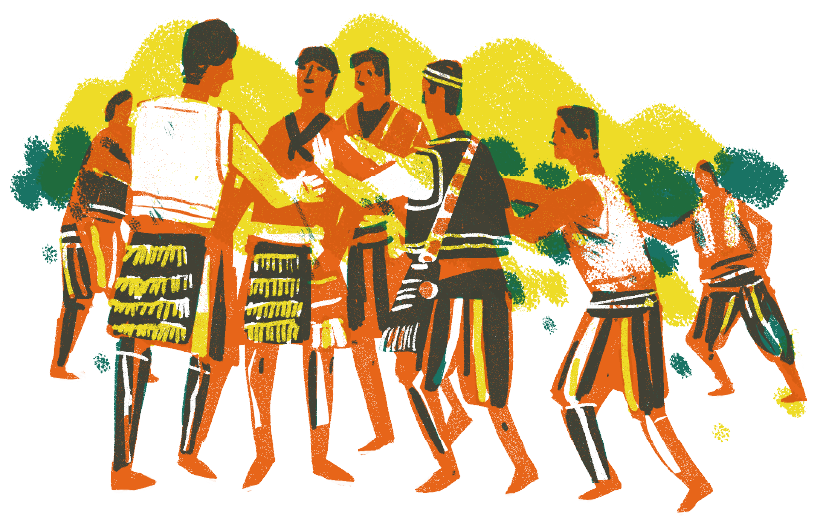
You shall be the
Class Head !
In the Pangcah age class, they move up a class every 3 to 4 years, with young adult in the second class being the most laborious and in charge of all the labor works. Moving up to the third class, you become pillar of the village, responsible for educating the lower classes while being equipped with organizational skills to facilitate affairs in the village. Therefore, a class head needs to be chosen to lead them in the execution of tasks.
Each indigenous village select class heads in different ways, some are chosen by people within the same class, some are designated by the upper class. Take the Kiwit Village for example, they practice a unique method of “catching” in choosing the class head. Once you are selected as the class head, you are responsible for the inheritance of your village culture for life.

Thorny Bamboo Fences
Guarding the Village
The age class of the Sakizaya people sees class promotion every 5 to 9 years, they enter taloan at the age of 15 to 23 for training, and to train their individual capability and will, they must first train in the mountains and learn to live on their own before joining the young adult class.
In the early days, Sakizaya villages are fenced up with thorny bamboo to safeguard the village. After each masaselal (ritual of coming of age), they will add another circle of thorny bamboo, the layers of thorny bamboo symbolize the military strength of the village. Furthermore, elders feed youth food at every masaselal to bless their coming of age and the fact they can begin to take on responsibilities in the village.
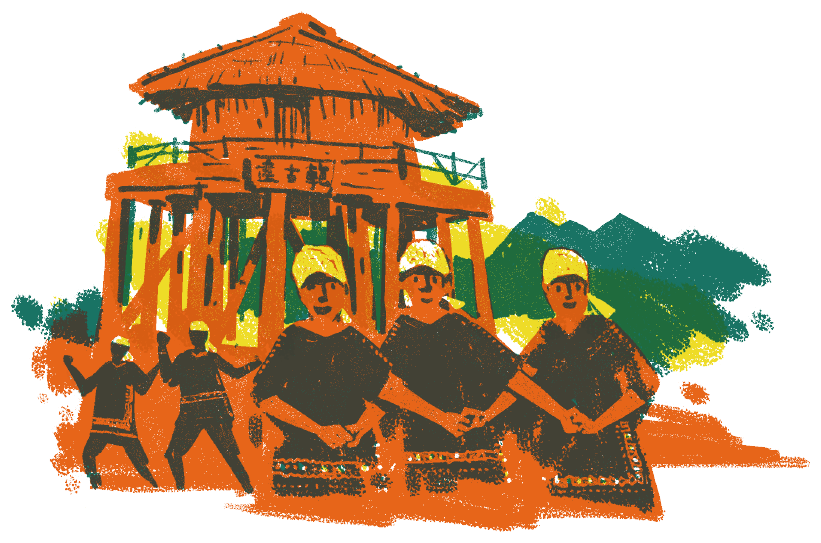
Train in Palakuwan
to Become a Real Man !
There were no schools in the past, so takouvan for youngsters and palakuwan for youth is where the Pinuyumayan people receives education. Pinuyumayan boys enters takouvan at the age of 8 to 9, masaselal is at 13 years old and once they pass it, they move on into palakuwan to receive stricter trainings until they finally become a true Pinuyumayan warrior.
Takouvan and palakuwan are symbols of the Pinuyumayan age class system. During development stage, the male learns traditional cultural knowledge and receives training on archery, hunting and wilderness survival in takouvan and palakuwan, they care about physical skills and even more on character building.
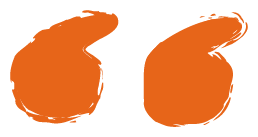
Indigenous peoples live on hunting, and male capability is usually measured by hunting skills, whereas the female is in charge of housework, so they are measured by their skills of spinning and weaving.
Most indigenous groups have ceremonies for coming of age in the forms of hunting, tooth removing or alcohol offering, to teach children what growing up means and the responsibilities they shall take on once they reach adulthood. Rukai people, Thao people and Tsou people all have age class systems, and you need to pass the trials to become a true indigenous person.
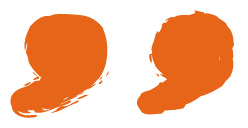
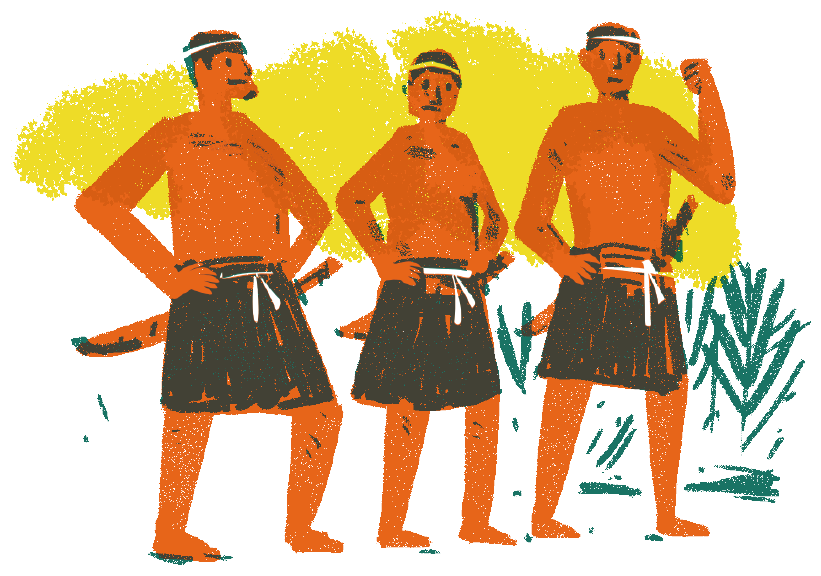
Starve and Freeze, but Firm I Stand !
Rukai boys enter sakovo for strict military training when they reach 15. For example, being topless on winter days to strengthen the physique, surviving in the wilderness to train the courage, and go without food for five days to cultivate the will. At the age of 18, village chief will bestow upon them headdress and upper garment as a symbol of a boy turning into a Rukai warrior.
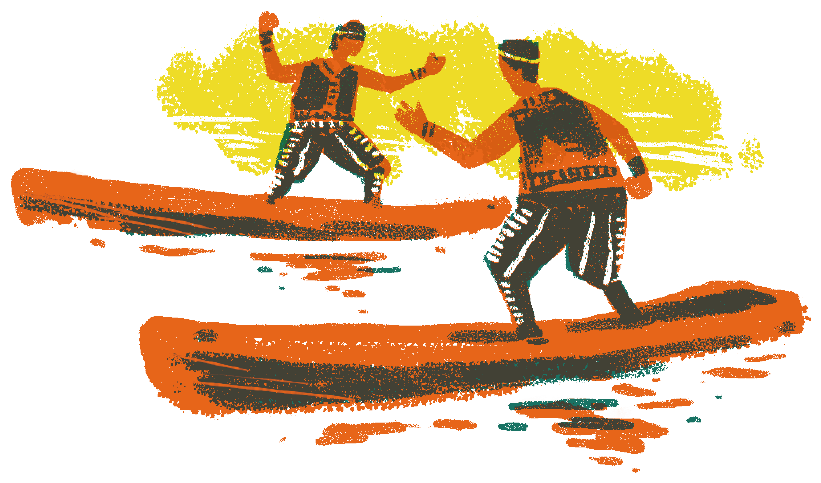
Riding the Waves on Sun Moon Lake
Living right next to the Sun Moon Lake, Thao male receives continuous naval warfare training from the age 18 to 50, their coming of age ceremony also takes place during a battle on water. At every annual festival, the male would break into two groups, after the elders stroked their hands one by one and declared the names of their enemies, the two groups will each take one large boat and engage in a fierce battle on the Sun Moon Lake. The two sides will fight with all their might, and such spirit is the symbol of bravery for Thao people.
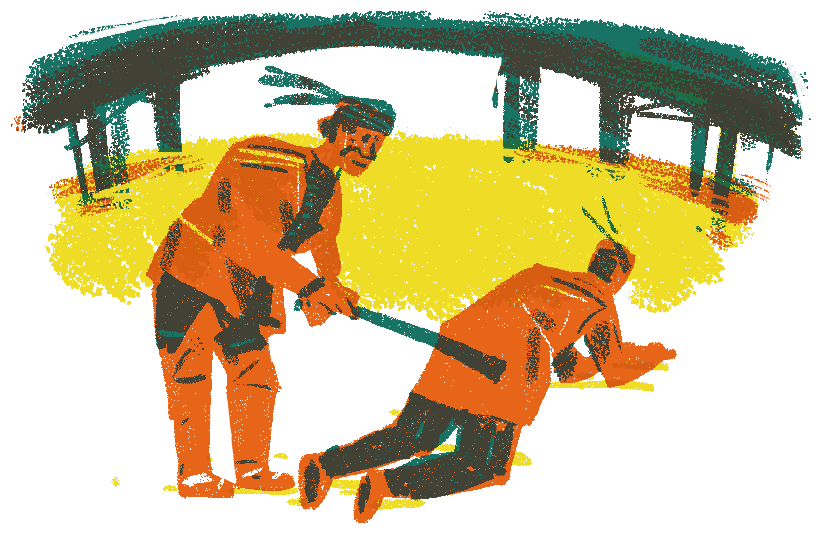
Kuba Brings Together Ethnic Spirits
Kuba is an important place for social operation in the Tsou society, and boys enter kuba at the age of 11 for education and combat training. At around 18, youngsters will gather in kuba to hear the lectures of elders and begin assuming the responsibility of safeguarding the village. Youngsters need to bend over a wooden boulder to be spanked by elders with rattan, an action symbolizing that the boy has the perseverance required. Finally, elders will put on a leather hat for them, and they will drink alcohol to complete the coming of age ceremony.
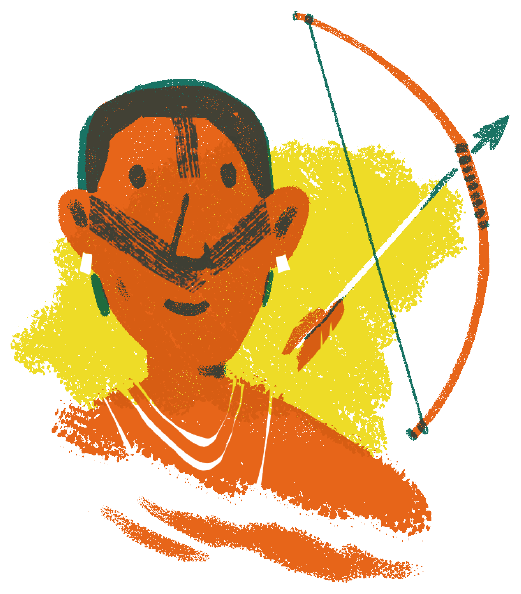
Hunting and Weaving are the Symbols of Adulthood
At the age of 15, Atayal male will hunt in the mountains while Atayal female need to learn how to weave. They need to pass tests to have their faces tattooed, which in turn is a declaration of their coming of age. The cultural value of facial tattoo lies in the fact that it is how ancestors recognize their own people, and is also closely connected to the good and bad fortunes in the village. This special cultural ceremony was banned and thus ended during the Japanese colonization. The Saysiyat people live close to the Atayal people, so some Saysiyat villages also practice the custom of facial tattooing when coming of age!
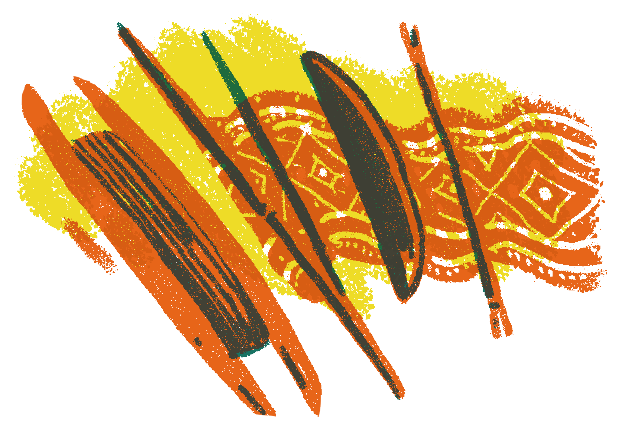

Drink the Alcohol and Assume the Responsibility
As a symbol of leaving the childishness behind, alcohol offering is prepared for coming of age ceremonies. Following lectures from elders in the village, youngsters will drink the alcohol offered to show that they are willing to take on the responsibilities of a village, and that they have the courage and capability required to work for the village. In the Bunun culture, when a boy goes hunting with his father for the first time, his mother will need to brew some alcohol beforehand, and smear the alcohol over the boy’s forehead as a sign of blessing. When they return home with their game, people in the village will also be invited to drink and celebrate together.
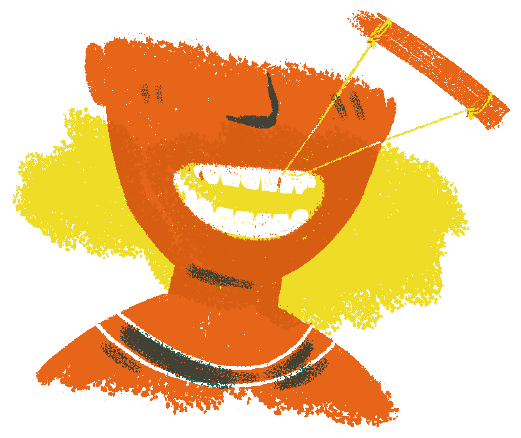
Tooth Removed is a Display of Beautiful Adulthood
“Missing tooth” was a sign of beauty in the past, which also works as a form of prayer for blessings. Regardless of gender, when they reach a certain age, a tooth need to be removed to symbolize their adulthood. Tsou people, Saysiyat people and Bunun people all practice the teeth removing culture, but how the tooth is removed and which to remove are all different. The habit of tooth removing no longer exists as times change and contemporary view of aesthetics evolved.




